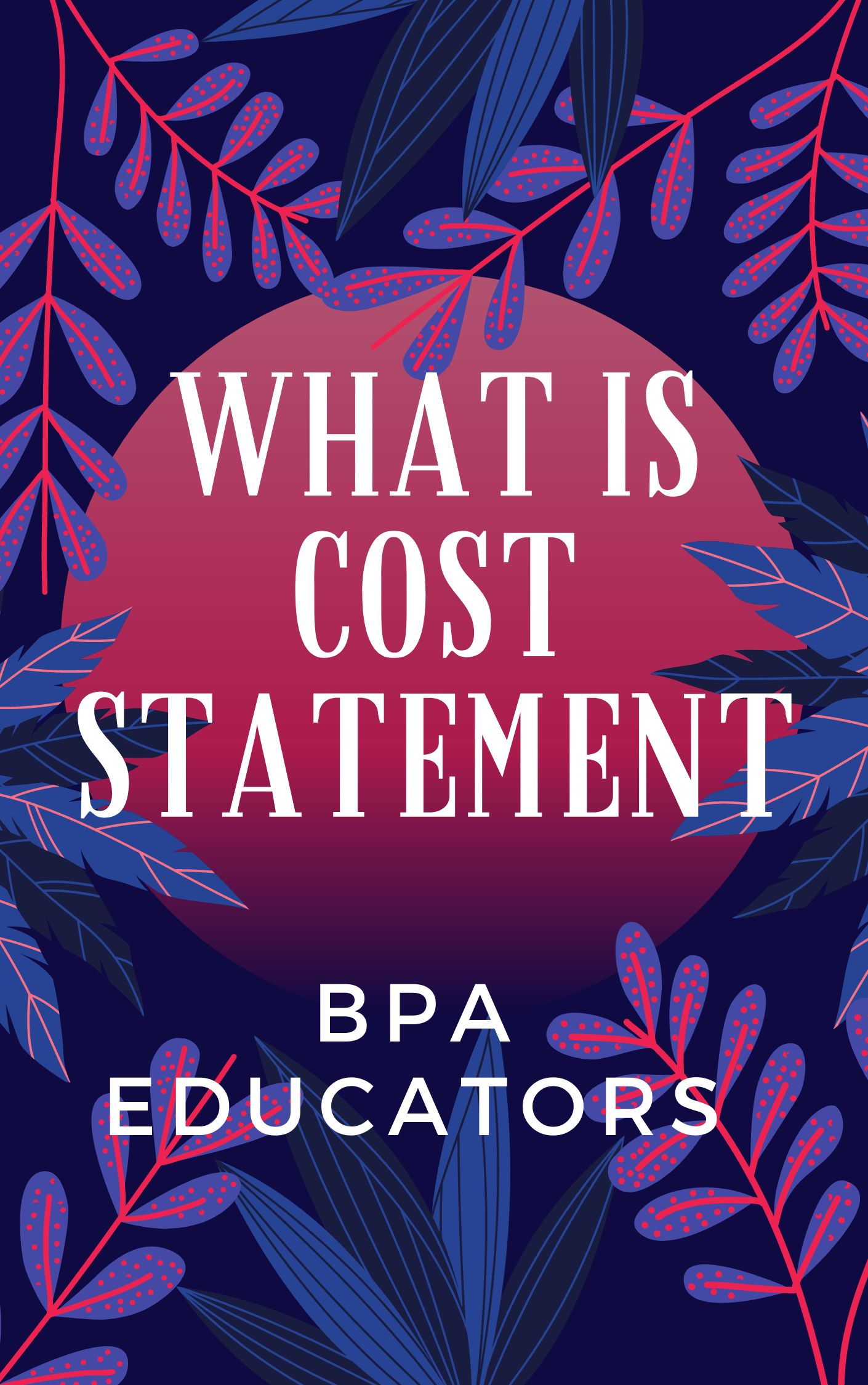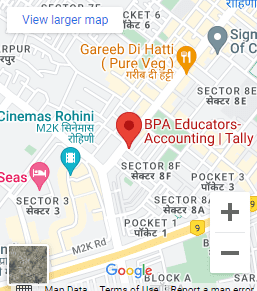Facility Location in Operational Management
Operational management Plant location may be understood as the function of determining where the plant should be located for maximum operating economy and effectiveness.
The selection of a place for locating a plant is one of the problems, perhaps the most important, which is faced by an entrepreneur while launching a new enterprise.
A selection on purely economic considerations will ensure an easy and regular supply of raw materials, labor force, efficient plant layout, proper utilization of production capacity, and reduced cost of production. An ideal location may not, by itself, guarantee success; but it certainly contributes to the smooth and efficient working of an organization.

A bad location, on the other hand, is a severe handicap for any enterprise and it finally bankrupts it. It is, therefore, very essential that utmost care should be exercised in the initial stages to select a proper place. Once a mistake is made in locating a plant it becomes extremely difficult and costly to correct it.
Steps in Location Selection To be systematic, in choosing a plant location, the entrepreneur would do well to proceed step by step, the steps be:
- Within the country or outside;
- Selection of the region;
- Selectors of the locality or community;
- Selection of the exact site. OPERATIONS MANAGEMENT & STRATEGIC MANAGEMENT 22 THE INSTITUTE OF COST ACCOUNTANTS OF INDIA
- Deciding on Domestic or International Location The first step in plant location is to decide whether the facility should be located domestically or internationally. A few years ago, this factor would have received little consideration. But with the increasing internationalization of business, the issue of home or foreign country’ is gaining greater relevance. If the management decides on a foreign location, the next logical step would be to decide upon a particular country for location. This is necessary because countries across the world are varying with each other to attract foreign investments. The choice of a particular country depends on such factors as political stability, export and import quotas, currency and exchange rates, cultural and economic peculiarities, and natural or physical conditions.
- Selection of Region The selection of a particular region out of the many natural regions of a country is the second step in plant location. The following factors influence such selection:
Operational Management
(i) Availability of Raw Materials: As a manufacturing unit is engaged in the conversion of raw materials into finished products, it is very essential that it should be located in a place where the supply of raw materials is assured at minimum transport cost. The sugar industry, the paper industry, the iron and steel industry, the industries engaged in the solvent extraction of oil from rice bran, the China clay washery, factories manufacturing low tension porcelain insulators, and the like should be located near the sources of their raw materials. The heavy concentration of the sugar industry in Bihar and Uttar Pradesh is due to the fact that these two States are the leading producers of sugarcane in the country. Nearness to raw materials offers such advantages as:
(a) Reduced cost of transportation;
(b) Regular and proper supply of materials uninterrupted by transportation breakdowns; and
(c) Savings in the cost of storage of materials.
(ii) Nearness to the Market Since goods are produced for sale, it is very essential that the factory should be located near the market. A reduction in the cost of transporting finished goods to the market; the ability to adjust the production program to suit the likes and dislikes of consumers; the ability to render prompt service to the consumers, provide after-sale services, and execute replacement orders without delay – these are some of the advantages that accrue to the entrepreneur if he/she establishes his/her factory near his market.
(iii) Availability of Power is essential to move the wheels of industry. Coal, electricity, oil, and natural gas are the sources of power. Where coal is the source of power, as in the case of the iron and steel industry, the factory has to be located near the coalfields. Examples of such industries are the iron and steel industry in Germany, Pennsylvania in the U.S.A., and in Jamshedpur in India.
(iv) Transport Facilities While making a study of a location, an entrepreneur considers the question of the availability of transport facilities. Transport facilities are essential for bringing raw materials and men to the factory and for carrying the finished products from the factory to the market. A place that is well connected by rail, road, and water transport is ideal for a plant location. It may be said that industry follows transportation. In other words, places with well-developed means of transport attract industries. ln extreme cases, transport may follow industries. For instance, if a public sector unit is started in a remote place, the Government will naturally provide transport facilities to cater to the requirements of the unit. But, generally speaking, a place with existing transport facilities is perfect for locating a plant.operational management
Operational Management
(v) Suitability of Climate The climate has its own importance in the location of a plant because of two reasons. First, there are certain industries that, because of the nature of their production, require particular climatic conditions; for example, THE INSTITUTE OF COST ACCOUNTANTS OF INDIA 23 Operations Planning humid climate for cotton textiles and jute. Such industries also have to be located in places where humid climatic conditions are available. This certainly explains why the cotton textile industry is concentrated in Mumbai and the jute textile industry in Kolkata.operational management
(vi) Government Policy The influence of Government policies and programs on plant location is apparent in every country, particularly in planned economies like ours. However, in the name of balanced regional development, many backward regions in India have been selected for the location of new industries, which would generate the region’s economy and on a larger canvas, the national economy. Furthermore, the Government of India has been influencing plant location in a number of ways. Additionally, some of these are Licensing policy; Freight rate policy; Establishing a unit in the public sector in a remote area and developing it to attract other industries; Institutional finance and government subsidies.
- Selection of Community Selecting a particular locality or community in a region is the third step in plant location. The selection of a locality in a particular region is influence by the following factors:
(i) Availability of Labour Despite the talk of mechanization and automation, the importance of labor on the industrial side has not been completely lost. Labour is an important factor in the production of goods. Adequacy of labor supply at reasonable wages is very essential for the smooth and successful working of an organization operational management
(ii) Civic Amenities for Workers Besides good working conditions inside the factory, the employees require certain facilities outside it. Recreation facilities, such as clubs, theatres, and parks, must be provided for the employees. They require schools for their children. A place which abounds in all these facilities will naturally be preferre to another place which lacks them.
(iii) Existence of Complementary and Competing Industries The existence of complementary industries is favorable to the location of industries because an industrial unit, in association with other units, can get the following benefits:operational management
Operational Management
- An industrial unit, in collaboration with other similar units, can secure materials on better terms than it can do by itself. The concentration of such similar establishments helps to increase the variety of materials that can be offere by suppliers.
(iv) Availability of Water and Fire-fighting Facilities Some industries require a plentiful supply of water for their work. Some of these are fertilizer units, rayon manufacturing units, absorbent cotton manufacturing units, leather tanneries, bleaching, dying, and screen-printing units. These factories must be located in places where water is available in abundance. Water may be obtaine from the local authority, from the canal, from a river or a lake, or by sinking a borewell. In any case, the supply of water should be considere with respect to its regularity, cost, and purity.
Operational management
- Selection of the Site The selection of an exact site in a chosen locality is the fourth step in plant location. The selection of the site is influence by the following considerations: Soil, Size, and Topography For factories producing engineering goods, the fertility or otherwise of the soil may not be a factor influencing plant location. But for agro-based industries, fertile soil is necessary for ensuring a strategic plant location. The area of the land should be such as to accommodate not only the existing manufacturing facilities but offer scope for future expansion programs as well.
BPA Educators has been establishe with a vision to aid students and professionals in achieving their goals. We at BPA Educators understand the aspirations of young students and professionals. Our sole aim is to reduce the hassle that one can encounter while choosing the right career option. We have striven hard for the past 10 years and trained over 1000+ students to date. Our team of counselors is qualified and experienced, consisting of CA’s, CMA’s, CS, LLB, and MBA’s who have exposure to practical training with hands-on experience in the industry, having experience of 10 to 15 years and growing strong with a commitment to transform the career of students with better opportunities amongst various age groups. operational management
We provide the best training and counseling for students from Class XI till MBA.
BPA Educators offers Basic and advanced courses in Microsoft Excel, which helps you to keep the data of numbers and analyze them properly, according to the requirements and needs.operational management
Course Offered:-
1) PAP
2) PAP +
3) MIS
4) GST Practical Training and E-filling
5) Direct Tax Practical Training and E-Filling
6) MS Office Basic and Advance
7) IELTS
8) BCOM Coaching
9) CA,CS,CMA Coaching
10) 11th and 12th Coaching
11) Tally.ERP 9 Basic and Advanced
12) Spoken English
13) Communication
14) And Many More
KEY FEATURES
1) Excelled in the Job Oriented Training
2) 10+ years’ experience and qualified trainers (CA/CMA/CS/MBA)
3) Fully practical approach with best grades in exams
4) Training on Latest Accounting Software
5) The updated and relevant study material
6) Real-life projects & On the job training
7) Job for lifetime facility
8) 1000 + satisfied and placed students
9) Strong placement network
10) Connect with 500+ Employers
11) Monthly 200+ openings
12) Workshops, Guest Lecture, and various other activities for industry and student interaction
13) Special rebate scheme for special and weaker section students
14) Fully Equipped Infrastructure
For expert advice
Address: C-8/13, Sector-7, Rohini, Delhi-110085
Call: +91-8882196405
Email: info@bpaeducators.com
Private Facebook group: BPA mastery
To get more updates join VIP COMMUNITY OF BPA EDUCATORS- https://www.facebook.com/groups/bpamastery/
Website: www.bpaeducators.com
Instagram: https://www.instagram.com/bpaeducator/
Facebook: https://www.facebook.com/bpaeducator
Twitter: https://twitter.com/EducatorsBpa
Youtube: https://tinyurl.com/y9nb27xc
Linkedin: https://www.linkedin.com/company/bpa-educators/




 Location
Location